Tad Hussey is the manager of Keep it Simple Organics, an organic soil provider, edible nursery, and hydroponics shop based in Washington State. He also manages the website LogicalGardener.org, and recently gave a presentation about the benefits of organic soil at CannaCon. Tad joins our host Shango Los this week for a discussion about using wild ingredients to craft custom probiotics and compost teas to use for growing cannabis, including why it is beneficial to plants, what some of his favorite ingredients to use are, and more.
Listen to the podcast below or scroll down for the full transcript!
Subscribe to the Ganjapreneur podcast on iTunes, Stitcher, SoundCloud or Google Play.
Listen to the podcast:
Read the transcript:
Shango Los: Hi there, and welcome to the Ganjapreneur.com Podcast. I am your host, Shango Los. The Ganjapreneur.com Podcast gives us an opportunity to speak directly to entrepreneurs, cannabis growers, product developers, and cannabis medicine researchers while focused on making the most of cannabis normalization. As your host, I do my best to bring you original cannabis industry ideas that’ll ignite your own entrepreneurial spark, and give you actionable information to improve your business strategy, and improve your health, and the health of cannabis patients everywhere.
Today, my guest is Tad Hussey of Keep It Simple Organics. Founded by Tad’s father, Leon Hussey, Keep It Simple is an edible nursery, production green house, outdoor preschool, organic hydro shop, and feed store in Washington state. Tad is an educator and sought after speaker on probiotic growing. Today we are going to talk to him about all-natural and wild crafted inputs for cannabis. Thanks for being on the show, Tad.
Tad Hussey: Thanks for having me.
Shango Los: Tad, cannabis enthusiasts are becoming more educated about pesticides and they’re constantly looking for better ways to avoid them. Growers are sharing information and best practices online in places like the Probiotic Farmer’s Alliance group on Facebook and other places. What inspired your dad to establish your family farm as a place for growing organically and educating folks?
Tad Hussey: Growing up, organics was something that was always important to our family in general, so we’ve always treated the property as such, especially because it is a seven acre property that has a salmon spawning stream on it. It was especially important that we did not use any chemicals or pesticides that might pollute the waters or endanger the wildlife that we had in our neighboring area. It’s something that’s always been a high priority to our family in general.
Shango Los: We’re not going to be taking anything away from pre-bottled organic solutions today, but today we’re going to talk about stuff that is wild crafted because I was very happy to hear your CannaCon presentation two weeks ago. You kind of went down this list of things that I could wild craft myself, and make into teas, and other things that would replace a lot of these bottles, and it ends up being less expensive, and more natural, and in many cases, way more effective. Let’s start with a couple of those that you’re particularly a fan of. What is one of your favorite, easy to use, wild crafted solutions that cannabis farmers can involve in their garden?
Tad Hussey: I think starting with the life of the plant originally we could look at willow as a great option. Anything in the Salix family you can make willow water out of and that’s going to contain IBA and salicylic acid. IBA is what you find it’s in most of the propagation water solutions or liquid mediums that you find online, like Dip’N’Grow, and things like that. Salicylic acid is another great one that comes in there, it’s a component of it, and it contains very similar components to Aspirin, and will help with antiseptic and antibiotic properties. You can literally go out, find a willow tree, one inch twigs off of new growth where the bark is still grooming and has not turned brown, and soak that for several days or boil it. Then you can take that water and essentially root your cuttings by watering your plant with it instead of using any of the propagation liquids that are available on the market.
Shango Los: I see, so that would replace something like a Clonex or something like that.
Tad Hussey: Exactly. Exact same chemical components, just you’re getting them naturally.
Shango Los: The soaking option is pretty easy to understand. You just cut it, and throw it in a bucket, and let it soak, probably with a bubbler, but I had never heard of boiling before. How long would you boil it for and in just water, right?
Tad Hussey: Yeah, typically with everything we’re talking about today in regards to these wild plant extracts, you have two options. You can either boil the material for 20 minutes to an hour to extract it or you can let it soak over a period of several days. It will be a lot stronger if you let it soak and take the time to do that, but it may be stinkier or you may not have that time, so the boiling is an option.
Shango Los: I would think, too, that boiling would probably destroy some potential vital components, so if you’ve got the time, probably soaking’s going to be slower, but probably better.
Tad Hussey: I haven’t seen any good research to show what enzymes and such may be destroyed by boiling. People are obviously still doing it, which suggests that it can still be effective, but I do agree that going with the longer process would probably be much better in the long term.
Shango Los: After you’ve soaked the willow in the bucket and you’ve got this awesome willow water, do I need to reduce the water? I’m just trying to figure about the strength of the water. If I’ve packed my bucket with willow and then covered it with water, can I assume that the ratio’s going to be correct, or do I need to vape off any of the water or anything like that to make it the proper strength?
Tad Hussey: That’s a great question. If you go online and start researching it, you’ll see a ton of different recommendations, so basically, I don’t think anyone’s really dialed in the exact rates. I would recommend experimenting with it a little bit and kind of figuring out what works for you. In general with the other plant extracts that we’re talking about, you’re typically anywhere from 20-50:1 in regards to the amount of water that you’re adding, but with the willow water, I think that’s less of an issue.
Shango Los: Willow’s a great replacement that’s all natural. What’s another good one that you like to recommend?
Tad Hussey: Probably my next favorite would be Comfrey. Now, many people are familiar with Comfrey and they see it as this aggressive plant that will take over your yard if you plant it. Fortunately, there is a variety called Bocking 14 that’s out of Russia that is sterile. It’s something that we use around our farm all the time. We use it, actually, as a weed barrier around our garden as a way of keeping weed seeds from flying in because it’s such a great grower and it produces so much biomass. We also use it as a natural mulch. Many farmers will plant it in a guild around a fruit tree, for example, because one plant can produce four to five pounds of biomass in a season and you’ll cut it down twice.
All those nutrients, because it’s a dynamic accumulator, meaning it has a really good tap root and it pulls nutrients out of the soil into the leaf surface, or the biomass. You can then cut that all down and lay it down around the plant as a way of giving it additional fertilizer or you can make a tea out of it. It’s very rich in calcium, a ton of other nutrients. You can add it to your compost and there was even a study out of Russia that found that it suppressed powdery mildew when sprayed on the leaves of wheat seedlings, so it has some pesticidal properties, too, possibly.
Shango Los: Would I prepare this the same way we described with the willow, where I’m going to soak it for a few days with a bubbler in a bucket to be able to extract the goodies?
Tad Hussey: For this, you would want to take it and stuff, because you’ll have a lot of leaves if you have it, you can stuff it into a bucket, and fill the bucket about half way full with the leaves, and let it sit for a week or so. It will have an odor. Then at the end of the week you can strain out the water and then apply it at 15:1. One other thing I’d like to add about Comfrey is the NPK on it is 1.55 on average, so it’s a lot higher in potassium, so you just need to be aware of that when you’re using it.
Shango Los: We’re going to do a couple more of these after the break, but we’ve got about two minutes left, so let’s try to sneak in another one before the break. What’s another good one that you like to recommend? Willow and Comfrey both sound like great solutions.
Tad Hussey: Sure, Borage is very similar to Comfrey and might be easier for people to source locally. One thing about Borage to be aware of is it does self-sew, meaning if you let it go to seed it will start to take over your yard. One nice thing about it though is it’s very easy to pull as a weed. It comes right out of the ground. It is also a dynamic accumulator and it has these beautiful purple flower petals that are also edible, so when I grow it in my yard I like to add the flower petals to salads and such to give them color. They don’t really have a lot of flavor.
Shango Los: I would think that since we are being a little … Not so much with the willow tree, but these last two, they’ve been species-specific, so you’d either have to be a really good wildcrafter to be able to ID it in the wild and kind of hope that they’re indigenous to where ever you live, but this sounds like this might be something where you actually want to buy seeds that are specific to the Latin name so you’re making sure that you’re using the right thing. Do you recommend starting from seed and buying them that way so you know what you’re working with?
Tad Hussey: They’re fairly easy to identify. I definitely recommend getting your hands on the Comfrey and getting the Bocking 14 so that you do have a sterile variety, because otherwise Comfrey will take over your yard and spread quite rapidly, but the nice thing about the sterile variety is that it’s very easy to propagate, so for us, we started with one root cutting three or four years ago, and we now have hundreds of plants and start plants for other people because you literally need a half inch to an inch of a root in order to start a new plant. Once you’ve planted the plant somewhere, it’s there for life. Any time you try and dig it out, you’ll miss a little bit of the roots and a new plant will pop up, so you have to really commit to where you want to keep that, but once you have it there, it’s really easy to share with friends, propagate, and get more.
Shango Los: Well, we’re going to take a short break and be right back. You are listening to the Ganjapreneur.com Podcast.
Welcome back. You are listening to the Ganjapreneur.com Podcast. I am you host Shango Los. Our guest this week is Tad Hussey of Keep It Simple Organics. Tad, before the break we were talking about wildcrafted options for your cannabis garden so that you don’t have to buy bottled nutrients and you could also have some fun wild crafting out in nature. I want to hit a couple more of them. Before the break we talked about willow, Comfrey, and Borage. What’s another one that you really like to tell people about to help them save money and help their plants?
Tad Hussey: There’s two that really go together here in the northwest, and that would be stinging nettles and horsetail or Equisetum. They’re both very easy to find here in the Seattle area and they’re both quite high in silica. Silica is an important element because it’s been found to help with heat stress specifically, thicker stalks and cellular walls, which is really important for cannabis growers so that we’re not breaking stalks as the plants develop larger buds.
It’s also great because it helps mitigate plant toxicity for micro-nutrients, so if you have a little too much molybdenum, or iron, or any of these micro-nutrients, what it will do is the silica helps spread that evenly through the leaf surface so you have less damage to the plant. This is one of the best natural sources of silica, so both of these can be made up the exact same way as we talked about with the Comfrey and the Borage.
One other thing I wanted to mention, when you’re making these teas, what you can do is add a couple drops at the end of the brew if you’re planning on doing a foliar application, this will act as a surfactant. You can use either Dawn or I prefer Doctor Bronner’s. It’s just a really clean neutral soap that doesn’t have any additives, but either would work great for that.
Shango Los: Would you kind of break that out for me? You said using the soap as a surfactant. For those of us, including me, who don’t really know how that works, could you break that out?
Tad Hussey: Sure, so many of the bottled nutrients that you buy that are designed to be sprayed in a foliar manner have a surfactant added. That just essentially helps it stick to the leaves in simplistic terms. By adding something like that, it just gives you a better surface coverage and allows the nutrients to stay on the leaf surface where you want them. In addition to that, another thing you could use is Yucca, that’s another really popular surfactant and then lastly Aloe is another one you can source.
Shango Los: You would just either take the aloe or the yucca and just cut it up into pieces and throw it in the bucket for the last day of the brew?
Tad Hussey: I haven’t experimented with that. Typically for those I’ve purchased them as powders. They’re very affordable online and so I’ll just add a little bit of that in, or as a liquid. I haven’t tried adding them into the brew, but I assume it would work in a similar fashion.
Shango Los: What’s another one? I think that this is right along the lines that we want to talk about. I’ve heard alfalfa before. Is alfalfa a good one?
Tad Hussey: Alfalfa is great. Most people are not growing alfalfa, but the wonderful thing about it is you can usually find it really affordably at a feed store near your garden center. For example, we have organic alfalfa meal in our feed store. I think a 40 pound bag is under $25. The great thing about alfalfa is it’s a wonderful microbial food. It’s great food source for bacteria and fungi. In addition to that, it’s got a small amount of fast-released nitrogen, and it’s a great additive into compost piles, as well as you can make a tea our of it, or mix it into your soil mix when you’re initially mixing your soil. The other added benefit of alfalfa is it contains triacontanol, which is a plant growth hormone that’s beneficial for your plants as well. That’s why you typically hear it associated with rose growers, for example. They always like to add it in when they’re planting their roses.
Shango Los: Since I’ve been thinking about this in the cannabis realm, I didn’t really think about these solutions being used for ornamentals. I bet you these teas would be really great for both my ornamentals and my food garden as well.
Tad Hussey: Yeah, a lot of the people that are doing these things are not cannabis growers. I think it’s unfortunate that that is the case. I’m hoping to see more and more over time, but there are definitely some wonderful permaculture cannabis growers that are using all of these teas, and all these different plants, and essentially growing for pennies. They’re producing great quality herb. I don’t think they’re sacrificing anything in that regard.
Shango Los: Let’s talk a little bit about mycorrhizal fungus. We know that mycorrhizal fungus acts like the freeways for the nutrients and transports them up to the plant. Would you explain how that works and how using these teas can help create an environment that’s good for mycorrhizal fungus?
Tad Hussey: I’d say the best advantage to using these teas or just organic nutrients in general is you’re not risking killing off any mycorrhizal infection or association that you may have established when you first planted the plant. In regards to mycorrhizal fungus, what we’re looking for is endomikoriza, and specifically in this case, glomus intraradices or glomus mosseae. In order to compare products, you want to look at the spore counts on these. My personal favorite right now as of this show would be a product called Mykos. It’s made by RTI and it contains 80 spores per cc, which is the highest one I’ve found for the price. Now, I think there’s slightly better ones on the market, but you’re going to pay exponentially more. Personally, I just use a little bit more Mykos when I go to plant than I would of one of these other products.
In regards to how it works, mycorrhizal fungus is one of the primary ways the plant receives phosphorus in the natural system. It has a lot of benefit for the plant. It’s a one time application directly to the root zone and then you can forget about it. I like to take my rooted clones, sprinkle the mycorrhizal fungus into the hole, right where it’s going to come in direct contact with the root, and then I forget about it. I don’t worry about it for the life of the plant. When I reuse my soil for my next cycle, I’m more confident that there’s going to be active hyphae in there ready to reinfect the new plant, so I have faster infection rates for my next crop.
Shango Los: There’s a lot of interest suddenly in no-till planting because the idea is that all the nutrients and the mycelium in the soil, you don’t want to interrupt and break up those expressways. Is this the same with mycorrhizal fungus? I know that a lot of people take their pot, and they pitch the soil out into a pile, and then they pull from that pile again, but then other folks just go ahead and replant right into that pot without disturbing the soil at all. As far as keeping potent mycorrhizal fungus, is that a good idea to keep that alive as well?
Tad Hussey: I think it’s a good practice. Our philosophy is when you harvest your plant, for example, it’s not a closed system. You’re pulling out organic matter and you’re pulling out nutrients when you take out that crop. That has to be replaced over time. When you go to harvest your plant, for example, you can literally grab the stock, pull out the plant, and whatever roots come out is great. You’ll shake off the soil and you won’t dig around any further in the soil looking for more roots or to pull out more plant matter. You take your plant away and harvest it, and then you’ll add in back into that soil a bunch of different nutrients and organic amendments.
With our company, we have a product called our Nutrient Pack that we’ve done a bunch of research, and soil testing, and figured out how much to add it back into our soils so that we can optimize that rate, but there’s many ways you can do this and there’s plenty of recipes, but by having all those nutrients back in the soil, you’re essentially putting the plant in charge, allowing it to select for what minerals and nutrients it wants at different stages of its life cycle. We heavily amend the soil, we add in a little bit more worm castings and compost to replace the organic matter, and over time we may add aeration in the form of perlite and pumice, and then we replant.
We just lightly dig into the first couple inches of the soil because that area of the soil is designed in nature and from a biological perspective, to be disturbed naturally, so you’re not damaging these pathways further down in the root zone. Those nutrients will make their way down over time. We’re literally bringing our next crop into our flowering rooms 24-36 hours later, so there’s no downtime waiting for the soil to recook or heat up again because we don’t have to add as many nutrients for our second cycle or our third cycle down the road.
Shango Los: I can imagine that it’s kind of like setting up a buffet of all these great nutrients for the plant and so that when you transplant it into the container, it’s all like, “Oh, man. This is like everything I could possibly need and it’s all right here.” I can imagine how that would make some killer trees. We need to take another short break. We’ll be right back. You are listening to the ganjapreneur.com podcast.
Welcome back. You are listening to the ganjapreneur.com podcast. I am your host Shango Los and our guest this week is Tad Hussey of Keep It Simple Organics. During the break, Tad and I were talking about compost teas versus extract teas, and he went over my head real fast. Tad, let’s bring that conversation here onto the show. What is the difference between the extracted teas we’ve been talking about on this show so far and aerated compost teas, which I thought were the same thing, but obviously now I’m learning they’re not.
Tad Hussey: Sure, Shango. Basically for people who want to do more research about these things that we talked about today, I would suggest putting in the name of the plant that we discussed, for example you could put in nettle teas for plants, and you’ll get a bunch of information that way, or alfalfa, or comfrey, or borage. That would be a good way to research those. They’re typically called FPE or fermented plant extracts. These teas are all designed to add specific nutrients, enzymes, and those sorts of plant benefits, whereas when we’re looking at aerated compost teas, what we’re looking to do there is add beneficial micro-organisms. These are things like bacteria, archaea, fungi, protozoa, flagellates, and amoeba. Those are all the things that we’re growing in the brewer when we’re making aerated compost teas.
There’s a huge difference here. With these nutrient teas, we’re trying to add nutrients to the soil for the beneficial micro-organisms to break down and make plants available. When we’re making aerated compost teas, we’re actually looking to increase the number of micro-organisms and diversity that we have in the soil itself to speed up and make more efficient this nutrient cycling process. That’s the biggest difference between the two.
Shango Los: I know compost teas could probably be its own show, but in this last section, it was as simple as taking compost out of my composter, putting it in a bucket with some water and a bubbler, and that will breed the micro-organisms. Is it that simple?
Tad Hussey: Yes and no. It’s a tough question because there’s a lot of research that goes into this as well, including the fact that you can do lab testing, and direct microscopy, and all these other ways of measuring the quantity and quality of your compost teas. Now, in terms of making compost teas, for example, you want to maintain six parts per million of oxygen through the entire brew cycle, so there’s a balance there between getting enough oxygen into the brew and not adding too many food sources for the amount of biology that you add with the compost. It can get very complicated.
To just simplify things, the simple answer is yes, you can do it with an air stone and a bucket, but the quality of your tea will not be quite as high as, say if you have a brewer with an air lift or a diffuser and actually have some research to support the system that you’re using. If people are interested in compost teas, I would suggest checking out a website by a friend of mine, Tim Wilson. It’s microbeorganics.com. He’s a wonderful researcher and his information is really solid. Another great compost tea resource would be logicalgardener.org. That’s just a free forum with science-based horticultural information that’s run by Tim and I, and has a great write up on exactly what compost teas are.
Shango Los: Great, that’s a great start for folks. I want to end off since we’re talking about using compost and we’re also talking about wild crafting some of this stuff, what’s the likelihood of introducing contaminants into the garden by bringing things out of the wild? Say, for example, e. coli?
Tad Hussey: That’s a good question. I personally don’t think that there’s a lot of issue there. If you have a lot of aerobic micro-organisms and you have healthy soil, there really isn’t a lot of chance for something like e. coli, which is a facultative anaerobic, to really get a hold. Realistically, if you’re talking about things that are not manure based, like we’re talking about all these plants with Borage, and Comfrey, and horsetail, you’re not really bringing in a lot of e. coli into your system, so I wouldn’t worry about it.
Shango Los: Good because we certainly wouldn’t want to be poisoning our own gardens. Tad, thank you so much for being on the show. This has been a really interesting topic. Everybody wants to avoid expensive pesticides and because of their health harms. This is not only a fun project to do and something that you can involve your kids in, but also it’s going to save a lot of coins, so thanks for coming and sharing your experience.
Tad Hussey: Thanks for having me.
Shango Los: You can find out more about Tad Hussey and Keep It Simple Organics on their website at kisogranics.com. You can also view Tad’s entire presentation at CannaCon Seattle two weeks ago in the videos section of the Ganjapreneur.com website. You can find more episodes of the Ganjapreneur Podcast in the podcast section at Ganjapreneur.com and in the Apple iTunes store.
On the Ganjapreneur.com website you will find the latest cannabis news, product reviews, and cannabis jobs updated daily along with transcriptions of this podcast. You can also download the Ganjapreneur.com App in iTunes and Google Play. You can also find this show on the iHeartRadio Network App, bringing Ganjapreneur to 60 million mobile devices.
Do you have a company that wants to reach our national audience of cannabis enthusiasts? Email grow@ganjapreneur.com to find out how. Thanks to Brasco for producing our show. I am your host, Shango Los.
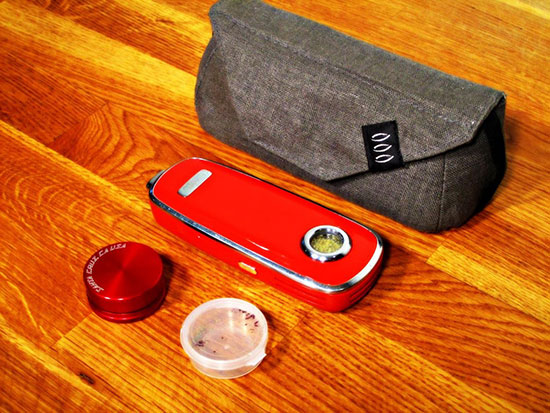
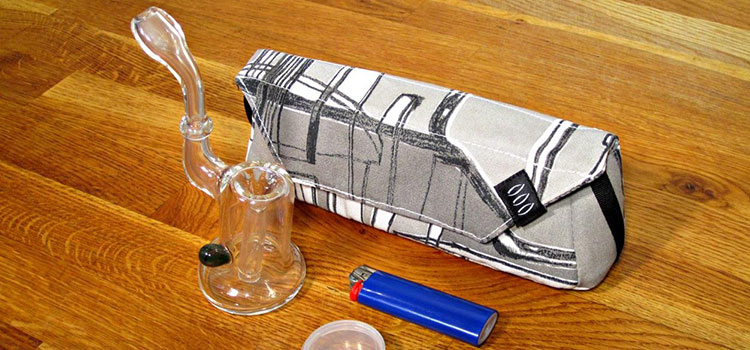
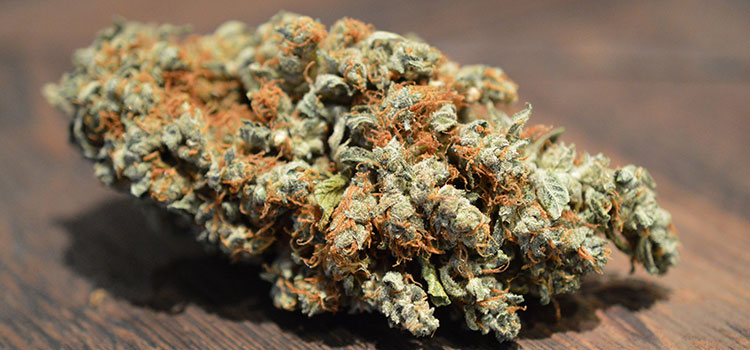


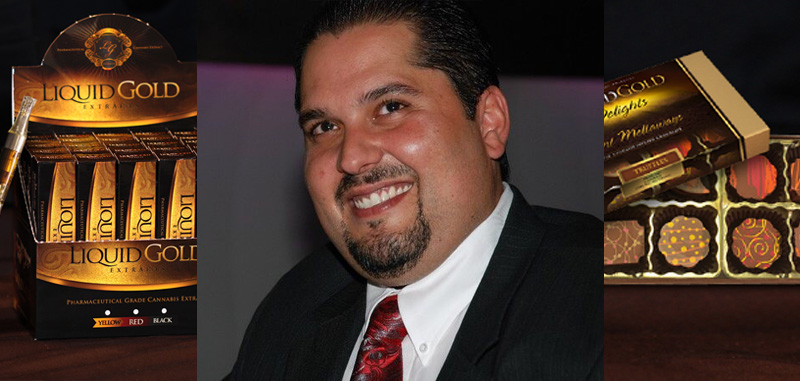
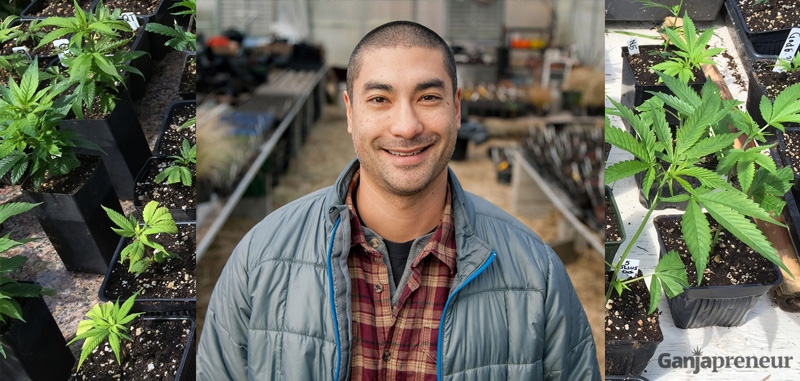
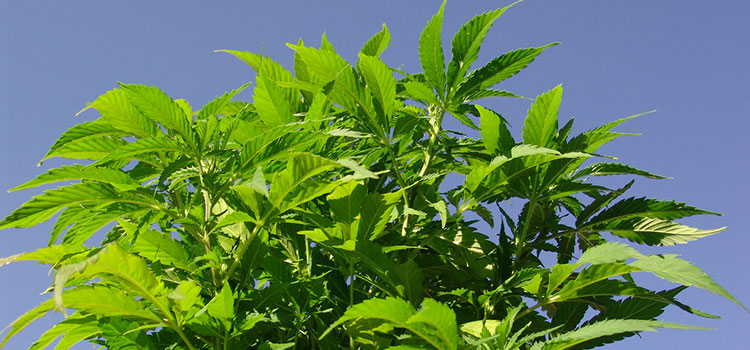

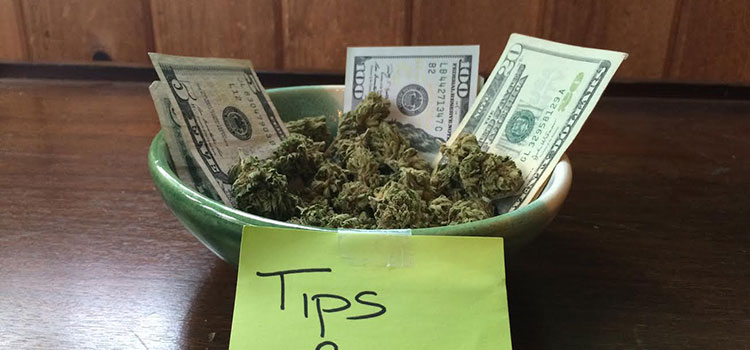


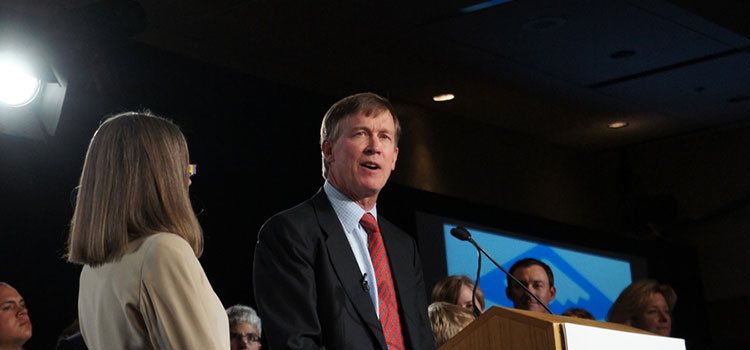

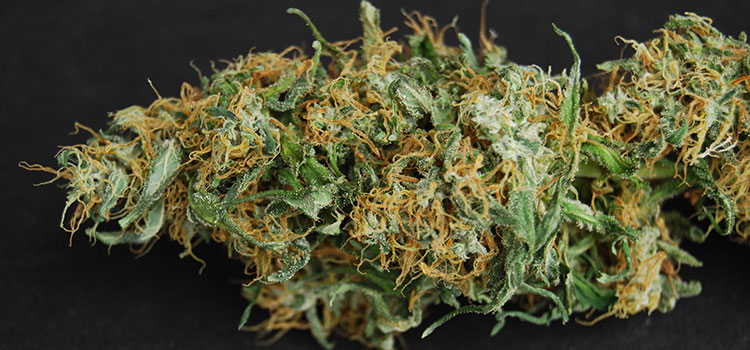
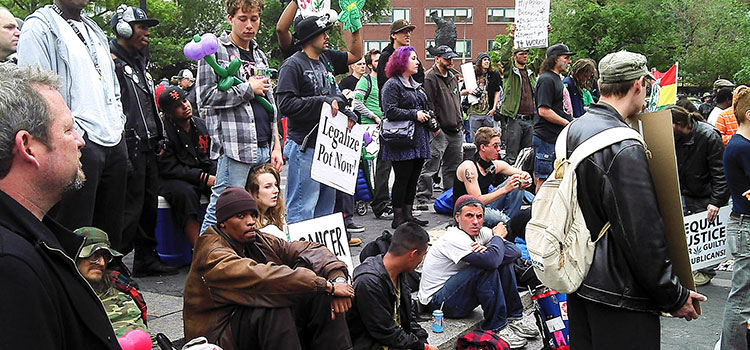


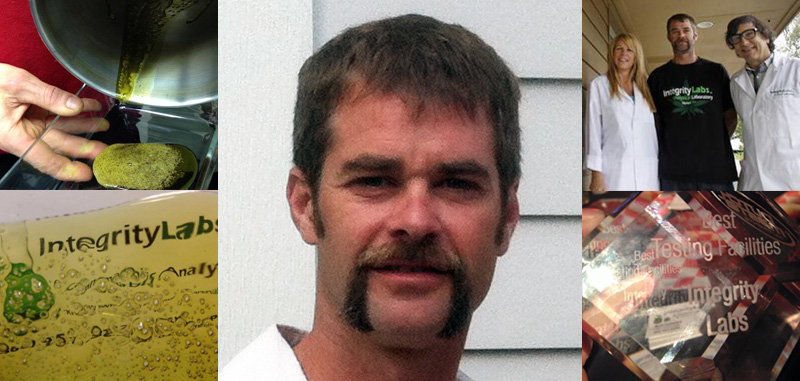
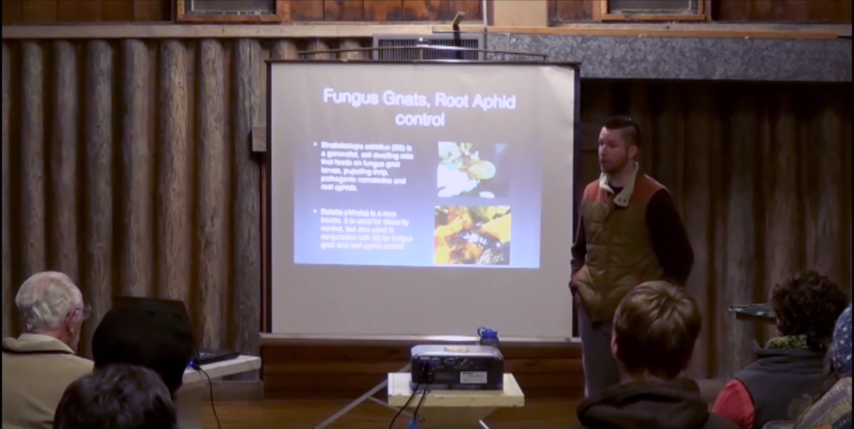
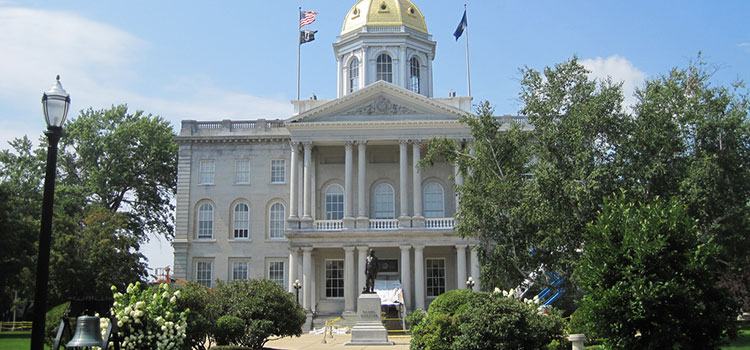
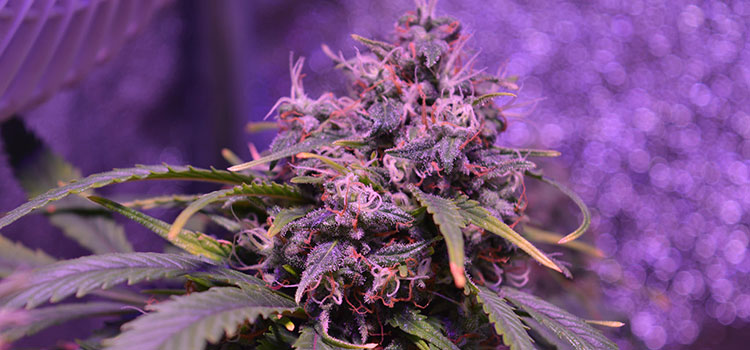
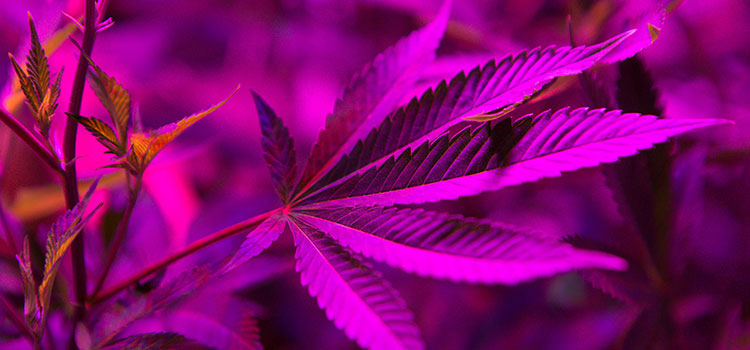
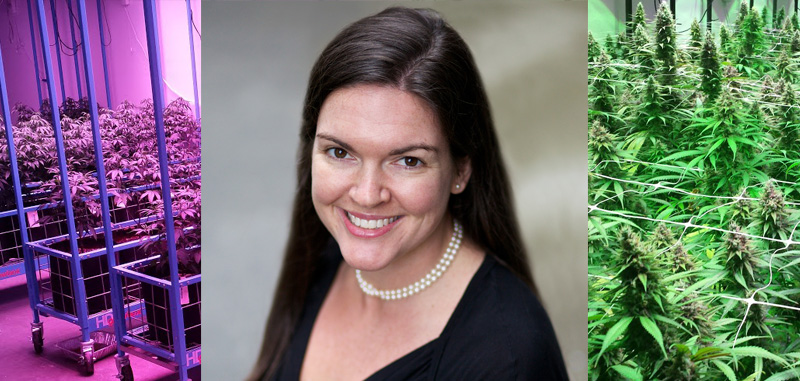
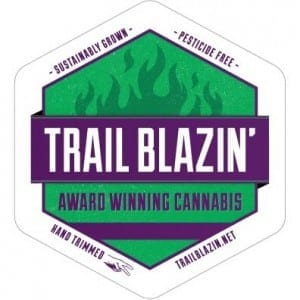 Danielle Rosellison is co-founder of
Danielle Rosellison is co-founder of 